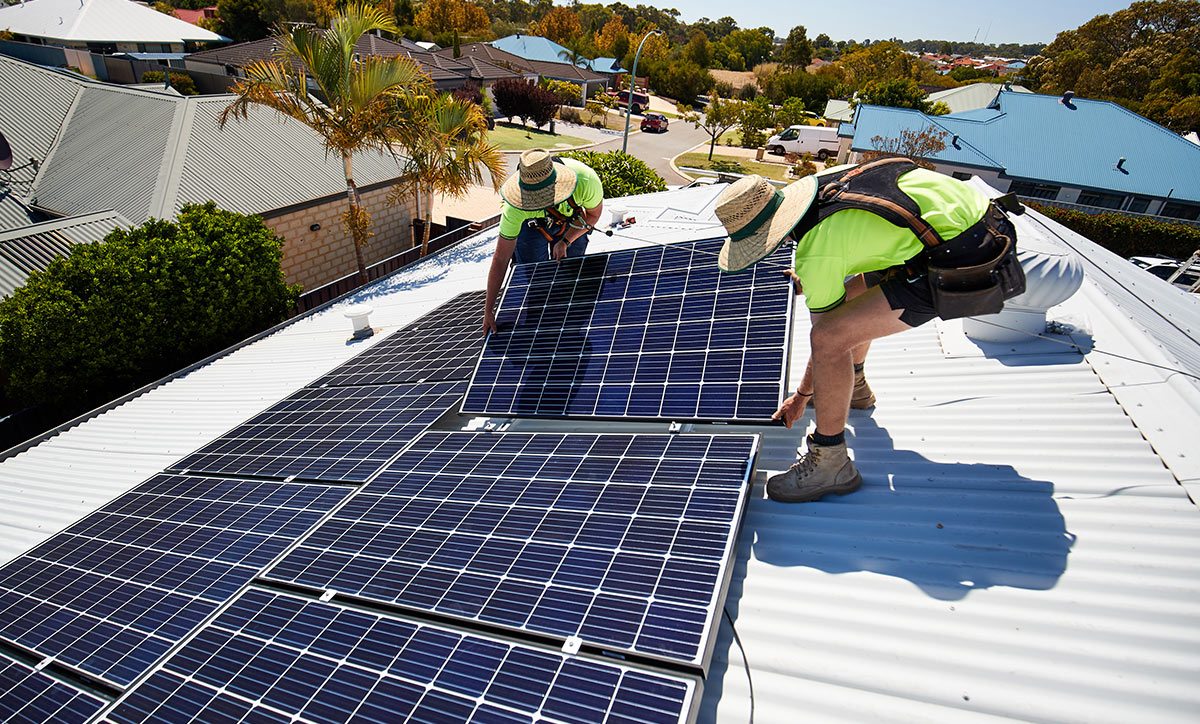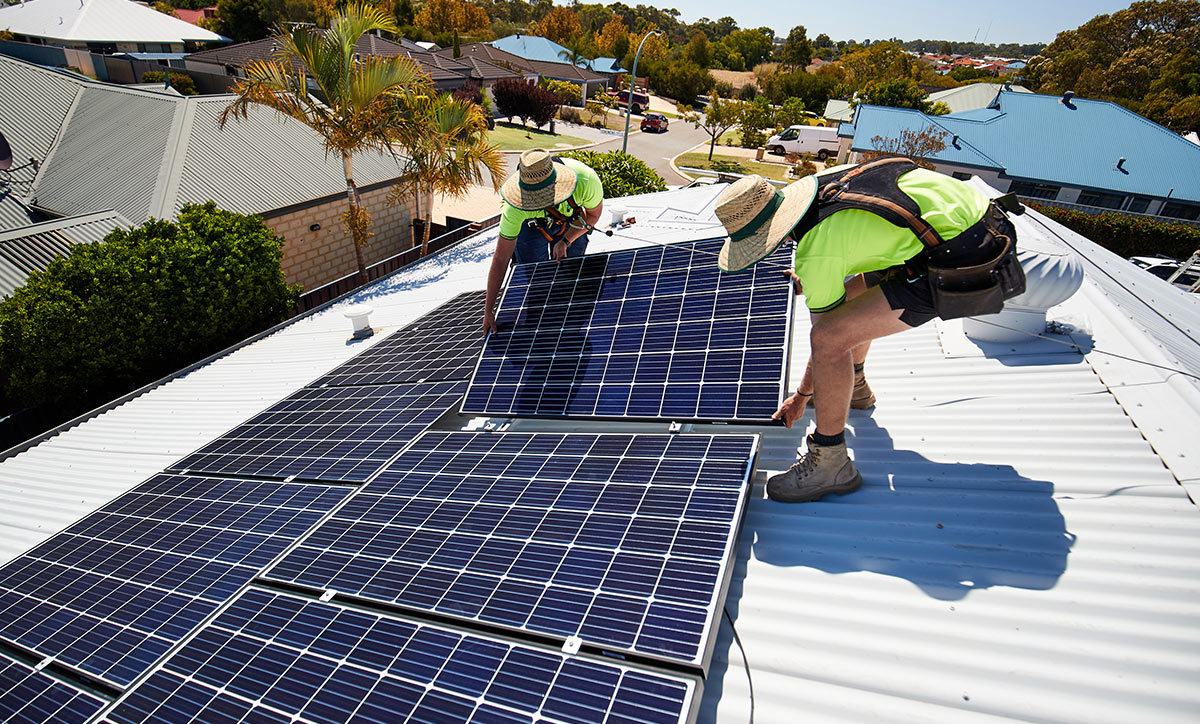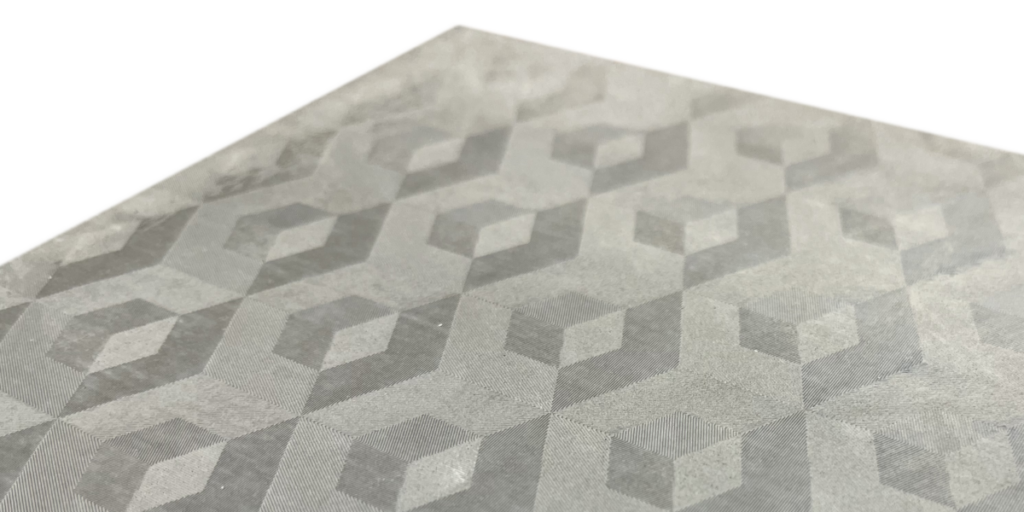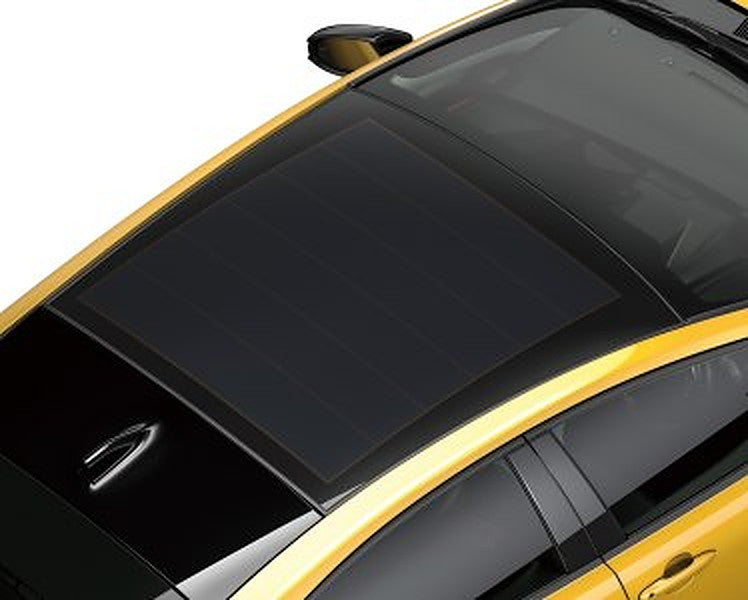https://www.pv-magazine.com/2023/05/04/australias-cumulative-installed-pv-capacity-tops-29-7-gw/
Australia’s cumulative installed PV capacity tops 29.7 GW

Image: Western Power
While Australia remains in the top 10 for both new PV installs and total market, the International Energy Agency’s (IEA) latest Photovoltaic Power Systems Programme (PVPS) report shows that there was a “pull back” last year with early estimates indicating close to 4 GW of solar was installed, down on the 5 GW deployed in 2021.
The state of the Australian PV market has been detailed in the IEA’s PVPS Annual Report 2022 which reveals that a cumulative 29.7 GW of PV and at least 3.36 million rooftop solar systems have been installed in Australia.
The IEA said Australia remains in the top 10 for both new installs and total market. Australia was ranked 9th for annual installation capacity with 3.9 GW and 6th overall for cumulative capacity.
Australia also remains in the top 10 countries with the highest PV penetration, ranking 5th with 15.7%, and ranks No.1 in the world for installed solar per capita with 1,166 watts per person. Australia leads the way from the Netherlands, with 1,040 watts installed PV capacity per person and Germany with 807 watts per person.
While still showing strong volumes, the report notes that PV installations in Australia contracted slightly in 2022, dropping 1.1 GW on the 5 GW installed in 2021.
The IEA attributed the contraction to supply chain issues and investment lags and said it expected these issues to be resolved in 2023, suggesting the market landscape in Australia is paving the way for an increased rollout of rooftop solar, particularly commercial PV deployment.
“The economic fundamentals for residential and commercial PV are outstanding,” the agency said. “Australia’s high electricity prices and inexpensive PV systems means payback can commonly be achieved in 3-5 years.”
Popular content
“2023 is expected to see stability in rooftop solar – with some growth in commercial and industrial installations.”
The IEA’s positive outlook comes in spite of its latest report showing that the average price for a residential solar PV system increased in 2022 to more than AUD1.10 ($0.74) per W after subsidies, or about AUD1.55 per W on average without a subsidy. In 2021, the average price for a residential system was less than AUD1 per W after subsidies, or about AUD1.50 per W without subsidies.
The report also reveals that the average system size in the sub-100 kW market grew further to over 9 kW per system in 2022, a trend the IEA said “reflects both the growth in commercial installations, and the growth in the typical size of residential systems, as householders prepare their homes for future addition of batteries and electric vehicles.”
While the IEA is upbeat about the rooftop solar sector, it said the residential storage market also remained strong with more than 19,000 new batteries installed with small-scale solar systems in 2022, increasing the total number of batteries installed to upwards of 60,000 by the end of the year.
The IEA said the Australian storage market remains “favorably viewed” by overseas battery and inverter manufacturers due to its high electricity prices, low feed-in tariffs, excellent solar resource, and the large uptake of residential PV.
The IEA said interest in large-scale solar also remains strong. The agency said although investors continue to have to navigate “regulatory challenges and transmission limitations”, 1.7 GW of new larger-scale solar was added to the systems in 2022.
This content is protected by copyright and may not be reused. If you want to cooperate with us and would like to reuse some of our content, please contact: editors@pv-magazine.com.




